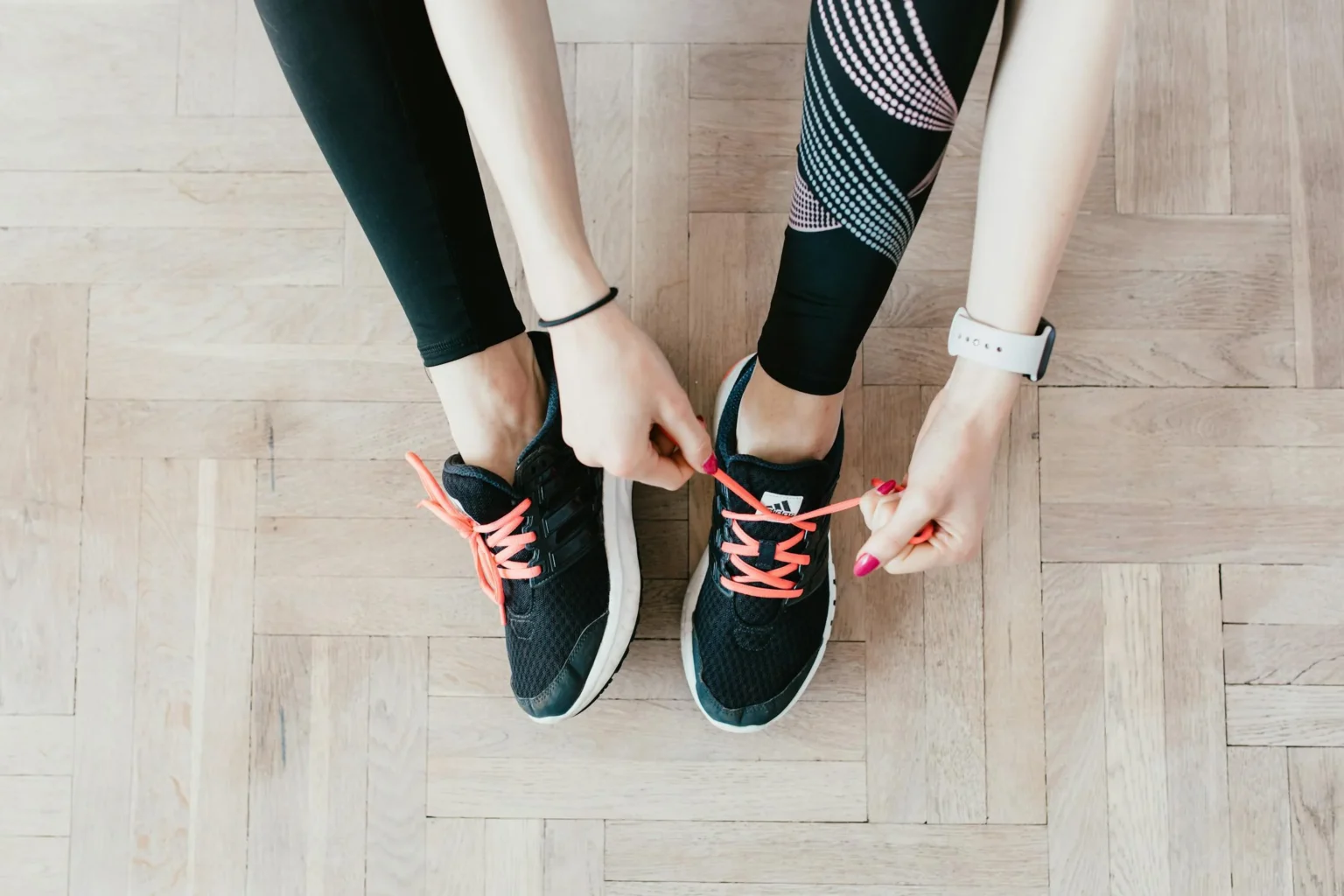Setting: Sunday brunch. You just finished a long run and your best friend walks towards you straight from her favorite yoga class. You are exhausted and ready for a nap, but she looks fresh and almost glowing. “Please come and do yoga with me,” she says. Your Answer? “No. I can’t do yoga. I’m not flexible.”
This is a typical reaction of a reactionary runner. We can run for hours, but the thought of wasting precious time on Downward Dog can be frightening and potentially maddening. (How do you even get your heels on the ground in this pose?!) But put that excuse aside and give yoga a chance.
Not only will it make you a stronger and more balanced athlete, but it will also help with the effects of yoga. There are many psychological benefits. This will come in handy the next time you’re at mile 20 of a marathon and think you’re almost there. Lean. go. in. (Need more mental strength? Try these 11 mantras to get you through any run.)
We asked Sara Jean Rudman, a runner and her 500-hour certified yoga teacher at Kripalu Yoga & Health Center, why runners should wear her Om. “I practice yoga and running religiously and rarely take a day off,” she says. “If I don’t start my day with a yoga practice and a run in nature, I feel a little uncomfortable and incomplete.” Combining nature and asanas with meditation and mindfulness is just the medicine I need. ”
Why should runners do yoga?
1. Become physically stronger.
“Yoga for runners provides both the dynamic flexibility and strength needed for injury-free running,” says Rudman. “It also provides the rest, relaxation, and recovery you need to recover from a rigorous training schedule.” Dynamic flow style classes increase flexibility in the long term. That’s why sun salutations and vinyasa-style classes are perfect for increasing flexibility through weight-bearing movements that span a full range of joint motion. Pair these types of classes with recovery or yin-style classes that use longer grips to break down and repair fascia that has been torn during a hard workout. ”
2. The psychological benefits are huge.
“Yoga brings you into the present moment,” says Rudman. “It provides guidance on how to become aware of your breathing and use it as a bridge between mind and body. It also helps you get out of your head and immerse yourself in the world and the moment. For example, when a runner is on the trail… It’s important to have these tools of psychological awareness when you go out, which creates a more mindful and therapeutic run (in other words, 20 miles) rather than an obligatory, thoughtful run. Learn to run the miles you’re currently running instead of worrying about what’s to come.
3. Mentally, yoga may be just what you need.
“Mindfulness exercises provide observational tools that allow us to step back from our emotions and observe them,” says Rudman. “This is helpful for first-time long-distance runners, for example. You may feel like giving up at mile 15, but then you can step back and observe your thoughts.” This voice is your true voice.
You may find that you are not aligned with your mission or values. Okay, sold! So when it comes to yoga for runners, what type of yoga class or practice is best? “A good balance of dynamic and restorative practices is key to the overall effectiveness of a yoga intervention. is very important,” says Rudman. “I think runners should choose both vinyasa-style classes and restorative classes.
Vinyasa classes help improve dynamic core stability, which is most important to a runner’s success. But restorative classes can help alleviate myofascial imbalances and improve overall emotional and mental relaxation.” Know this before getting a sports massage. )
What are the common mistakes runners make when starting yoga? “They look at it like training,” Rudman says. “There’s a ‘no pain, no gain’ mentality, and that makes them push themselves too hard and get injured.
Yoga definitely makes you stronger, but it’s done in a more passive way. It’s about pushing towards your limits, leaning into the discomfort rather than the pain, and getting to the other side with gentle breathing, saving your workouts for stretching and letting the flow of energy flow through your body during yoga. Let’s concentrate.
What do you say to a runner who says he can’t do yoga or touch his toes?
“It’s like saying, ‘I’m too dirty to shower.’ That’s another reason to come to yoga,” Rudman says. “And it’s not about touching your toes. You should never touch your toes, but that’s okay. Yoga isn’t about going anywhere. It’s about meeting yourself where you are and recognizing what you need.” It’s about growing through poses and becoming aware of your body and mind. Flexibility is a bonus. ”


